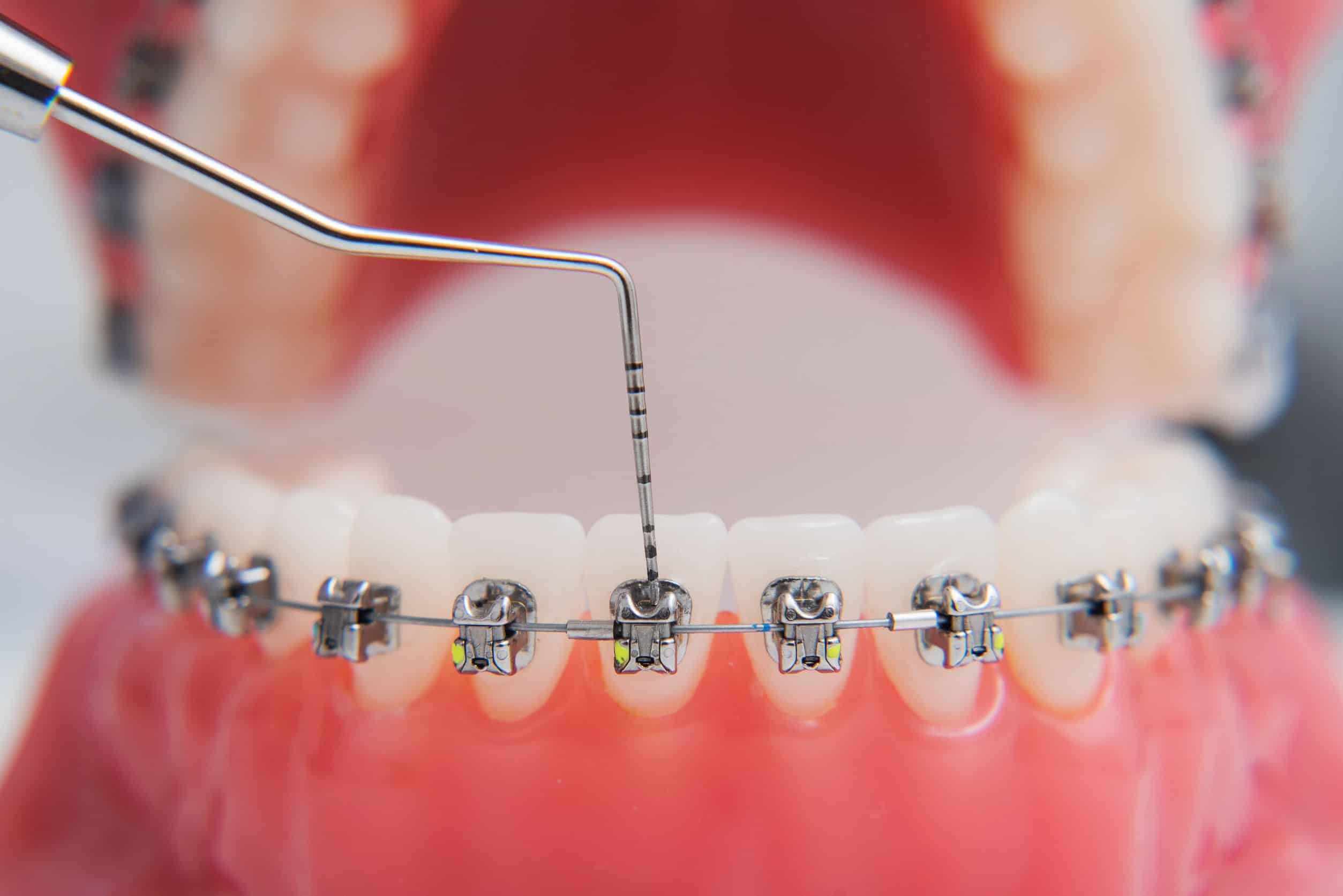Top Guidelines Of Legacy Orthodontics
Top Guidelines Of Legacy Orthodontics
Blog Article
The 5-Minute Rule for Legacy Orthodontics
Table of ContentsThe Best Strategy To Use For Legacy OrthodonticsThe 6-Minute Rule for Legacy OrthodonticsThe Of Legacy OrthodonticsHow Legacy Orthodontics can Save You Time, Stress, and Money.Our Legacy Orthodontics Statements
In addition, we provide adjustable treatment schedules, adaptable settlement options and a fun, satisfying experience.An orthodontist is a dental professional trained to detect, stop, and deal with teeth and jaw abnormalities. They fix existing problems and are educated to identify issues that might create in the future. Orthodontists deal with people of any ages, from youngsters to adults. People typically associate an ideal smile with health.
Malocclusion, or misaligned teeth, can lead to dental concerns, including tooth decay, periodontal disease, and difficult or unpleasant eating. Not everyone is birthed with straight teeth. If you have a poor bite or large spaces in between your teeth, you might wish to get in touch with a dental expert focusing on orthodontic treatment.
Getting My Legacy Orthodontics To Work
( Picture Credit History: DigitalVision/Getty Images) Orthodontists utilize repaired and detachable oral gadgets, like dental braces, retainers, and bands, to change the position of teeth in your mouth. Orthodontic treatment is for oral abnormalities, consisting of: Crooked teethBite issues, like an overbite or an underbiteCrowded teeth or teeth that are also much apartJaw misalignmentThe goal of orthodontic therapy is to boost your bite.
While you might believe of orthodontists as mostly for children or teens that require braces, they can fix dental problems at any type of age. Orthodontists attend university, oral school, and orthodontic school.
, but not all dental practitioners are orthodontists. They focus on two locations: How to correctly and safely relocate teeth Just how to correctly lead development in the teeth, jaw, and faceOnce an orthodontist has completed training, they have the option to end up being board licensed.
Legacy Orthodontics Fundamentals Explained
Imbalance, or malocclusion, is the most usual factor people see an orthodontist. It is genetic and is the outcome of size distinctions between the top and lower jaw or in between the jaw and teeth. Malocclusion brings about tooth overcrowding, a misshapen jaw, or uneven bite patterns. Malocclusion is typically treated with: Your orthodontist affixes steel, ceramic, or plastic square bonds to your teeth.
If you have just small malocclusion, you may be able to utilize clear braces, called aligners, as opposed to traditional braces (https://www.kickstarter.com/profile/legacyortho/about). Some people need a headwear to assist relocate teeth right into line with stress from outside the mouth. After dental braces or aligners, you'll require to use a retainer. A retainer is a personalized gadget that keeps your teeth in position.
They're most often used on kids. They can produce extra room in the mouth without needing to pull teeth. If you have a severe underbite or overbite, you might need orthognathic surgical treatment (additionally called orthodontic surgical procedure) to extend or shorten your jaw. Orthodontists use wires, surgical screws, or plates to sustain your jaw bone.
You may need to see an orthodontist if you have: Crowding or not enough area for all of your teethOverbite, when your top teeth come by your bottom teethUnderbite, when your bottom teeth are also much forwardSpacing or problems with gapsCrossbite, which is when your upper teeth fit behind your bottom teeth when your mouth is closedOpen bite or a vertical gap in between your front bottom and top teethMisplaced midline, when the facility of your bottom and upper teeth don't align Remedying a dental malocclusion can: Make biting, eating, and speaking easierImprove the symmetry of our face and your overall appearanceEase pain from temporomandibular joint disordersDifferent your teeth and make them less complicated to clean up, assisting prevent dental cavity or dental caries It's frequently a dental expert who initially notices misaligned teeth throughout a routine test.
The 6-Second Trick For Legacy Orthodontics

Throughout your first orthodontic appointment, you'll likely have: An oral examPhotos taken of your face and smileDental X-raysPanoramic (360 level) X-rays of your face and headImpressions to produce mold and mildews of your teethThese tests will certainly assist your orthodontist know how to wage your treatment. leesburg clear braces. An orthodontist is a dental practitioner who's had training to treat your teeth and jaw
Orthodontists might carry out surgery, exams,X-rays,and even more to help you acquire a much more comfy, much healthier smile. An orthodontist is focused on your bite, so something like a chipped tooth would be handled by a dental professional. Orthodontists are dental practitioners but not all dental practitioners are orthodontists. Orthodontists are focused on your bite, or the means your teeth fit together, and the straightness of your teeth.
Ever questioned exactly how celebrities always seem to have completely aligned teeth? Orthodontists are dental specialists who concentrate on correcting irregularities in the teeth and jaws.
Everything about Legacy Orthodontics

, orthodontists have a diverse toolkit at their disposal. These reliable dental braces make use of a system of brackets bound to the teeth and connected by cables.
These removable trays are personalized to considerably change navigate to these guys the teeth's placement. In cases of narrow jaws, palatal expanders can be used to create space for proper tooth alignment.
Report this page